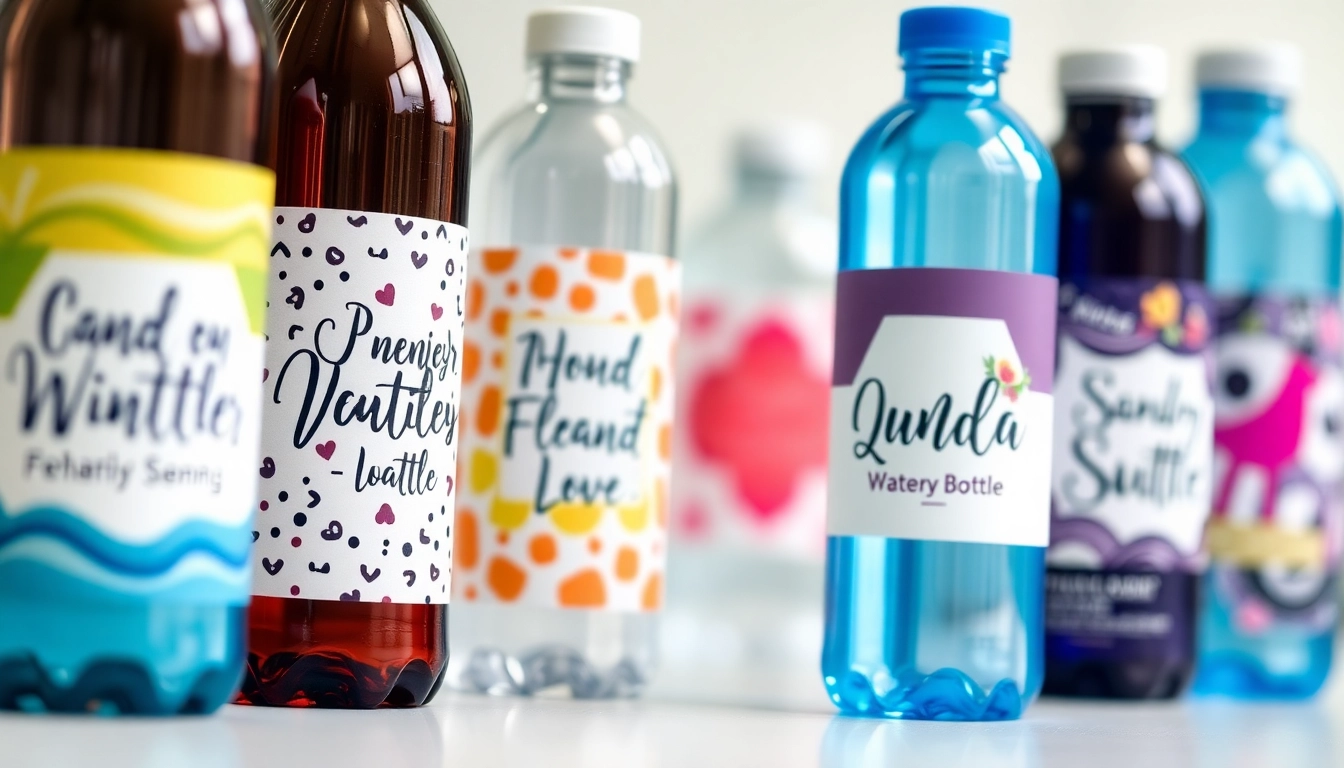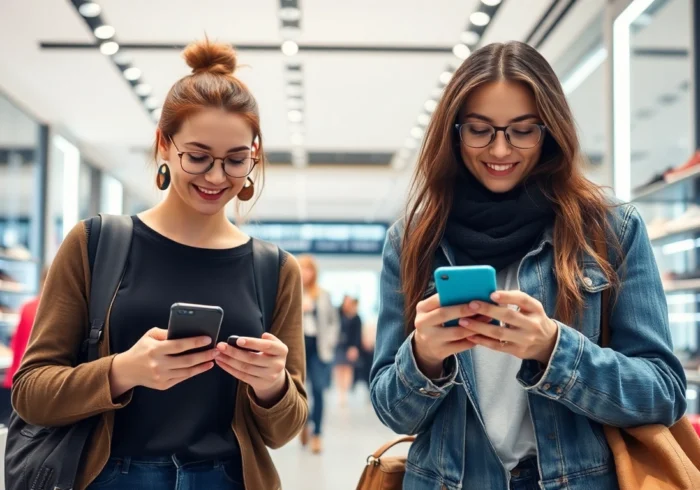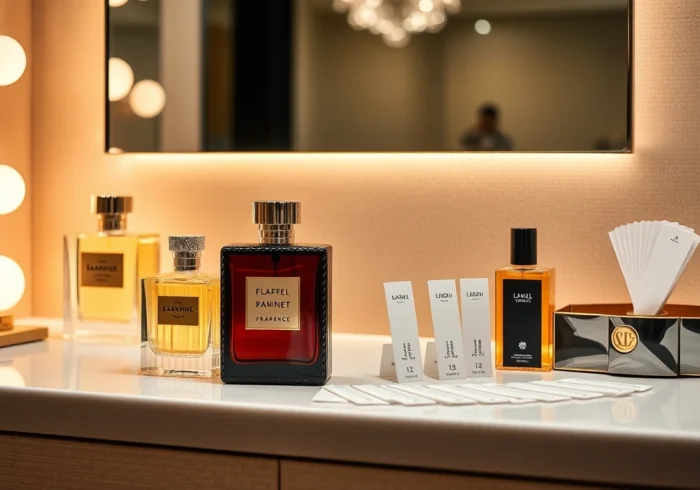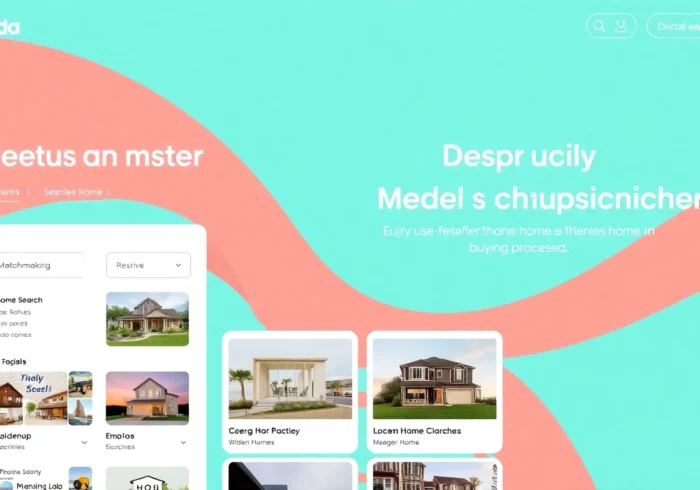Understanding the Benefits of Custom Water Bottle Labels
Custom water bottle labels have become a powerful branding and personalization tool for a diverse range of occasions, from corporate events to weddings. Their visual appeal and functional benefits make them an essential accessory for anyone looking to elevate their presentation and leave a lasting impression. Whether you’re hosting a marathon, organizing a wedding reception, or simply seeking a unique gift, customized labels transform ordinary bottles into extraordinary branding assets or memorable keepsakes.
The strategic use of custom water bottle labels offers multiple tangible benefits. First, they greatly enhance brand visibility during promotional activities, trade shows, or product launches, turning seemingly simple water bottles into mobile advertising platforms. Second, personalized labels foster emotional connections at weddings, Baby showers, and birthday parties by aligning with the event’s theme and colors, creating cohesive aesthetics. Third, customized labels elevate gifting experiences—adding a special touch to favors, giveaways, or corporate gifts—making these moments more memorable.
Beyond aesthetics, these labels serve functional roles such as waterproofing, durability, and integrity of branding. In outdoor or high-moisture environments, using waterproof materials ensures that labels remain intact and legible. Additionally, their flexibility in design and size allows customization to fit bottles of all shapes and dimensions, making them an incredibly versatile choice for various applications. This multi-faceted value positions custom water bottle labels not just as decorative items but as strategic tools in marketing, celebration, and gifting strategies.
Design Principles for Effective Water Bottle Labels
Choosing the Right Size and Shape
The impact of a custom water bottle label is highly dependent on its size and shape. A well-chosen label size should complement the bottle’s form without overpowering or appearing too insignificant. For standard 16.9 oz bottles, labels typically range between 3″ x 3″ and 4″ x 4″, but variations exist for larger or uniquely shaped bottles. Custom shapes—like oval, circular, or die-cut designs—can add a distinctive flair, setting your bottles apart from generic packaging. For flexible and eye-catching branding, consider using die-cut labels to match your logo or design elements precisely.
Incorporating Branding Elements and Colors
Consistent branding enhances recognition and professionalism. Your labels should incorporate key branding elements such as logos, taglines, and color schemes aligned with your overall brand identity. Color psychology plays a critical role: vibrant colors can energize a sports event, while elegant metallic hues suit weddings or upscale parties. Typography is equally important; select fonts that are legible and reflect the tone of your brand or event. A good practice involves creating mockups and testing visibility under various lighting conditions.
Using Durable, Waterproof Materials
Since water bottles are exposed to moisture, humidity, and handling, selecting high-quality waterproof labels is crucial. Materials such as waterproof vinyl, BOPP (biaxially oriented polypropylene), or polyester films are resistant to water, tearing, and UV damage. Finishing options like lamination or UV coatings provide additional durability and a premium look. For branding that lasts, especially for outdoor events, investing in weatherproof materials ensures your labels stay pristine throughout the event or shelf life.
Step-by-Step Guide to Ordering Custom Labels
Selecting Your Design and Template
The first step involves conceptualizing your design, considering the message you wish to convey and the aesthetic appeal. Many suppliers, like Canva or professional printing services, offer templates tailored for water bottle labels, enabling you to customize with your logos, images, and text. When designing, prioritize readability, contrast, and simplicity—avoid clutter that diminishes visual impact. Upload high-resolution images for crisp printing, and ensure your color selections are compatible with the chosen printing materials.
Choosing Materials and Finishes
Based on environmental conditions and aesthetic preferences, select the appropriate material—such as waterproof vinyl or glossy paper—and finishing touches like matte or gloss coatings. Glossy finishes enhance vibrancy, while matte coatings lend a sophisticated, understated elegance. Consider embossing or foil stamping for added texture and luxury, especially for premium events. For practical purposes, request samples from your supplier to evaluate feel and durability before proceeding with a full order.
Placing Your Order and Final Checks
After finalizing your design and selecting materials, carefully review proofs to catch any errors in text, imagery, or layout. Most printers offer digital proofs or physical samples. Confirm the dimensions, quantity, and delivery timelines. Double-check the color accuracy and adhesive compatibility with your bottles. Once satisfied, place the order, ensuring your supplier provides detailed instructions for application and handling. Proper application techniques—such as cleaning bottles thoroughly and smoothing out air bubbles—are essential to achieving a flawless appearance.
Maximizing Impact with Creative Label Ideas
Themed and Color-Coordinated Labels
For weddings, birthdays, or corporate events, themed labels that coordinate with event decorations amplify visual consistency. For example, floral motifs for spring weddings or metallic accents for New Year’s parties create an immersive experience. Color matching your labels to the event palette enhances cohesion and elevates the overall ambiance. Utilizing pre-designed templates or custom illustrations can lend an authentic feel tailored precisely to your theme.
Using QR Codes and Interactive Elements
Incorporating QR codes into your labels offers an interactive experience, directing consumers or guests to websites, social media, or promotional videos. For instance, a wedding guest could scan the QR code to view a digital guestbook or a company could link to product details or discount codes. The integration of such interactive elements can significantly increase engagement and trackable responses, making your bottles not only attractive but also functional in data collection.
Showcasing Unique Typography and Artwork
Typography and custom artwork are central to making your labels stand out. Experiment with trendy fonts, handwritten styles, or vintage typefaces to match your brand personality. Including custom illustrations, patterns, or logos adds a distinctive touch. Balancing visual complexity with clarity is key to ensuring the message remains legible, particularly on small labels. Hiring a graphic designer or insight from design platforms can help craft artwork that truly captures your vision.
Measuring Success & Optimization Strategies
Gathering Customer Feedback and Reviews
Post-event or post-sales surveys provide valuable insights into how well your labels perform and resonate with your audience. Collect feedback on design appeal, durability, and overall satisfaction. This data helps identify areas for improvement, such as adjusting design elements or choosing better materials. Encouraging reviews on social media or business websites can boost credibility and inform future projects.
Tracking Engagement at Events
For promotional campaigns, track engagement by monitoring QR code scans, social media mentions, or discount code redemption tied to your labels. Use specialized tracking links or discount codes to gauge effectiveness. Observations such as the number of bottles used and their condition at the end of the event can also indicate the practicality and quality of your labels.
Refining Designs Based on Performance Data
Use analytics and feedback to refine your future label designs. For example, if customers report difficulty reading small text, enhance font size or contrast. If labels peel or smudge easily, consider switching to more durable materials. Continuous iteration based on data ensures your branding remains effective, attractive, and functional, leading to higher engagement and recognition over time.



